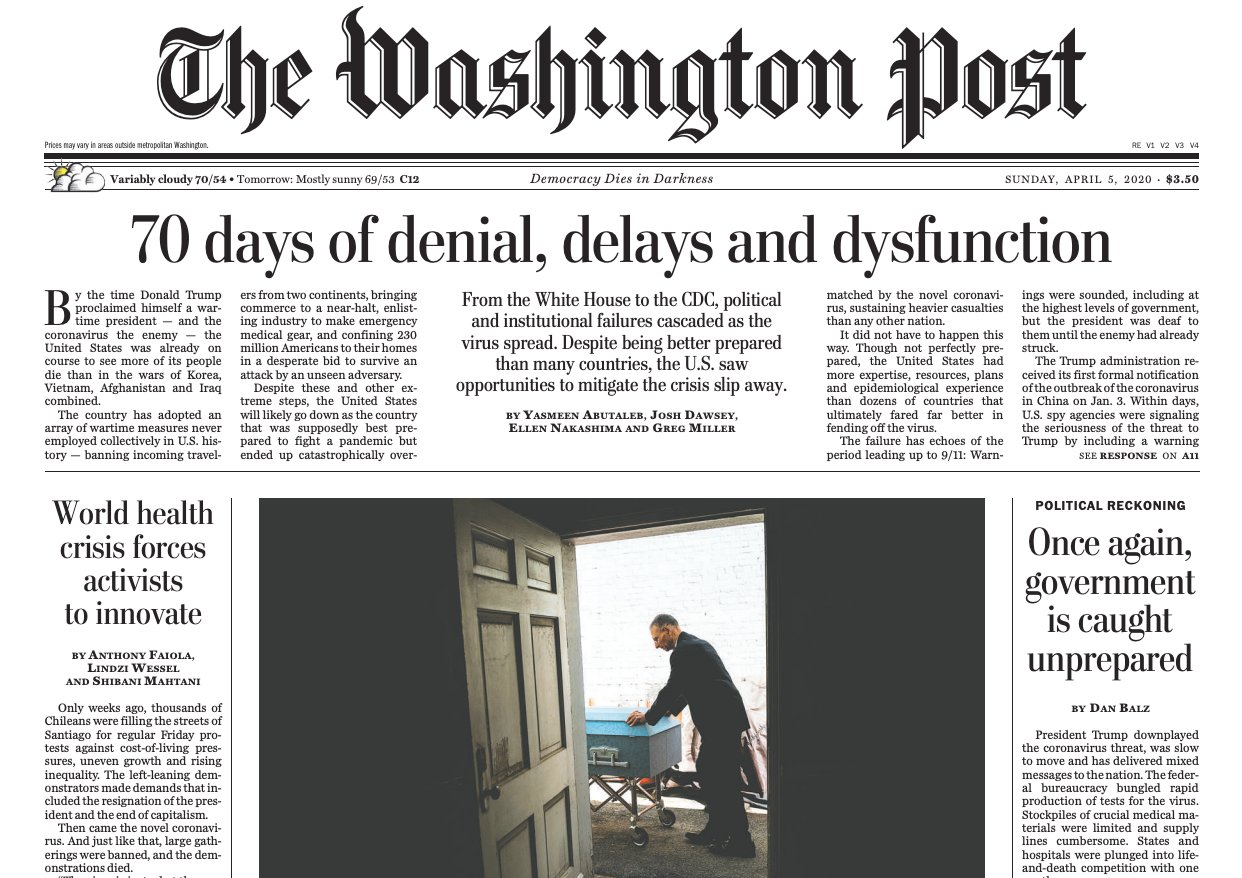Credit agencies know a bad risk when they see one
Robert Reich for Inequality Media
Last Friday, the credit rating of the United States was downgraded. Moody’s, the ratings firm, announced that the U.S. government’s rising debt levels will grow further if the Trump Republican package of new tax cuts is enacted. This makes lending to the United States riskier.(Moody’s is the third of three major credit-rating agencies
to downgrade the credit rating of the United States.)
So-called “bond vigilantes” are being blamed. They’ve
already been selling the U.S. government’s debt, as the Republican tax package
moves through Congress. They’re expected to sell even more, driving long-term
interest rates even higher to make up for the growing risk of holding U.S.
debt.
Some right-wing Republicans in Congress have already used
the Moody’s downgrade to justify deeper spending cuts in Medicaid, food stamps,
and other social programs that lower-income Americans depend on.
Just follow the money. The real cause is the growing political power of the super-rich and big corporations...
But, hello? There’s a far easier way to reduce the federal
debt. Just end the Trump tax cuts that mainly benefit the wealthy and big
corporations — and instead raise taxes on them.
I’m old enough to remember when America’s super-rich
financed the government with their tax payments. Under President Dwight
Eisenhower — hardly a left-wing radical — the highest marginal tax rate was 91
percent. (Even after all tax credits and deductions were figured in, the
super-rich paid way over half their top marginal incomes in taxes.)
But increasingly — since the Reagan, George W. Bush, and
Trump 1 tax cuts — tax rates on the super-rich have plummeted.

















/cdn.vox-cdn.com/uploads/chorus_asset/file/9987297/Screen_Shot_2018_01_06_at_9.30.25_AM.png)


